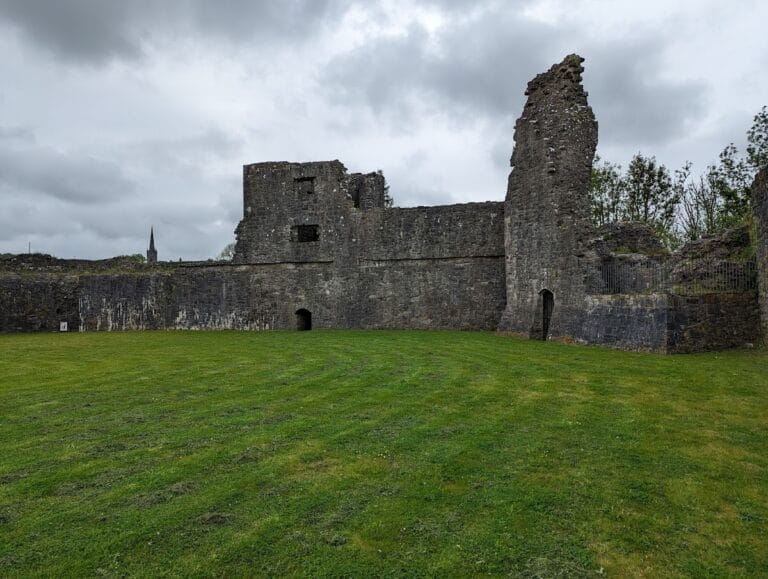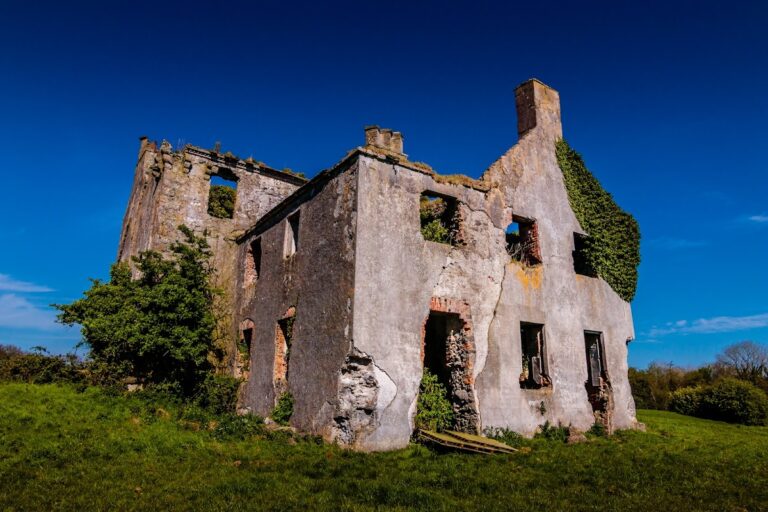Markree Castle: A Historic Irish Castle and Estate
Visitor Information
Google Rating: 4.8
Popularity: Low
Google Maps: View on Google Maps
Official Website: www.markreecastle.ie
Country: Ireland
Civilization: Unclassified
Remains: Military
History
Markree Castle is located in the area of Markree Demesne, within the municipality of Collooney in Ireland. The site was originally established in the 14th century by the McDonagh clan, a Gaelic family who constructed the castle primarily to defend their lands and to control a ford crossing the nearby River Unshin.
In the mid-17th century, during the Irish Rebellion of 1641, the McDonaghs sided with the uprising aimed at resisting English rule. Following the defeat of the rebellion, forces loyal to Oliver Cromwell seized Markree Castle. As a reward for his military service in subduing the O’Brien clan, a member of Cromwell’s army, Cornet Edward Cooper, received the property. By 1663, Cooper undertook partial restoration efforts and made the castle his family home. He married Marie Rua, widow of Conor O’Brien, a fallen leader who had opposed the English army. Their descendants remained at Markree Castle for over three centuries, maintaining continuous ownership.
During the late 17th century, amid the Jacobite Wars which sought to restore the Catholic King James II to the throne, the castle was occupied by James’s Catholic forces. This occupation forced the Protestant Cooper family to flee temporarily. After the 1690 Battle of the Boyne, which decisively favored William of Orange, the Coopers returned to their ancestral home.
The castle again came under military occupation during the Irish War of Independence (1919–1922) when members of the Irish Republican Army used the site.
In the 19th century, Colonel Edward Joshua Cooper, serving as a Member of Parliament, significantly expanded and renovated Markree Castle. Among his contributions was the founding of an astronomical observatory within the estate grounds. For a period during the 1800s, this observatory housed the largest refracting telescope in the world. The observatory earned recognition by the Royal Astronomical Society in 1851 as a premier private facility for astronomical study. It remained active until the death of Edward Henry Cooper in 1902.
In addition to its scientific significance, the castle is linked to literary history. Cecil Frances Alexander is said to have composed her well-known hymn “All Things Bright and Beautiful” at Markree Castle in 1848.
Following World War II, the castle fell into abandonment and began to deteriorate. Restoration efforts in 1989 led by Charles Cooper, marking the tenth generation of his family’s residence, revived the castle and converted it into a hotel. Ownership passed to the Corscadden family in 2015, who undertook further renovation works.
The estate includes 300 acres of protected natural habitat, supporting a variety of local wildlife such as red squirrels, otters, and kingfishers. Markree Castle is also notable for recording Ireland’s lowest official temperature of minus 19.1 degrees Celsius (−2.4 degrees Fahrenheit) on January 16, 1881.
Remains
Markree Castle stands near the River Unshin, occupying a site originally selected in the 14th century for its strategic position guarding a river ford. The visible structure today predominantly reflects developments from the early 19th century, specifically dating to 1802, when significant exterior work was commissioned from architect Francis Johnston. Interior enhancements were introduced later in 1896.
Visitors approach the castle via a monumental staircase that leads into a grand hall. Within the interior, an intricately carved wooden staircase ascends to thirty rooms, emphasizing the building’s scale and craftsmanship. On the landing of this staircase, a large stained glass window from the Victorian period presents the Cooper family tree. This window traces the lineage back to the era of King John, reflecting the family’s historical heritage.
Among the castle’s notable rooms is the dining area, decorated in the Louis Philippe style, which includes finely detailed plasterwork characteristic of that design period.
The castle grounds historically featured an astronomical observatory, constructed in the 19th century under the direction of the Cooper family. This facility housed what was at one time the world’s largest refracting telescope—a type of telescope that uses lenses rather than mirrors to gather and focus light. This observatory earned a reputation as one of the finest private astronomical establishments, recognized officially in 1851 by the Royal Astronomical Society.
Today, the expansive estate covers 300 acres designated as protected land, providing habitat for various native Irish species such as red squirrels, otters, and kingfishers. The castle itself has undergone restoration to preserve its historic fabric and architectural details from both the 19th century and earlier periods of construction.










